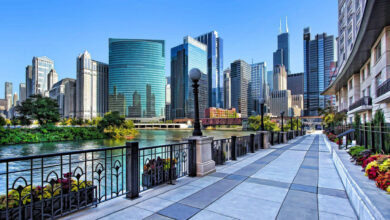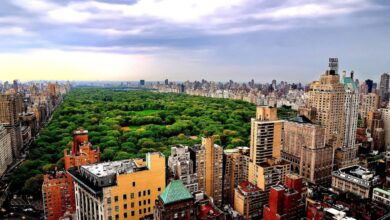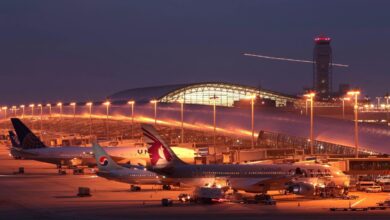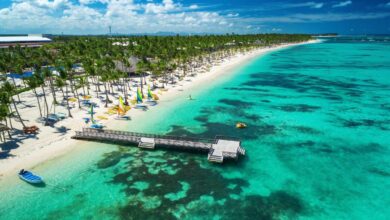Discover Niger: Geography, Culture, and Travel Essentials
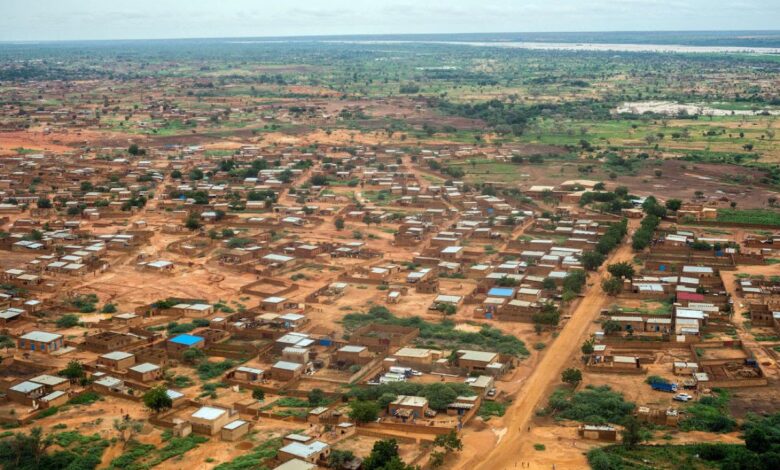
Enveloped in the heart of West Africa lies Niger, a country marked by extensive deserts, vibrant culture, and the ebb and flow of the legendary Niger River. This guide aims to unfurl the layers of Niger’s geography, history, culture, economic landscape, and the essentials for travellers exploring this less-traversed path.
Geography of Niger
Niger is cocooned within the West African region, sharing borders with seven countries: Algeria and Libya to the north, Chad to the east, Nigeria and Benin to the south, Burkina Faso and Mali to the west. This positioning envelops Niger in a terrain that’s as diverse as it is vast, ranging from the arid expanses of the Sahara Desert in the north to the fertile lands of the Niger River Basin in the southwest.
The Sahel region, a semiarid strip of land that acts as a transition between the Sahara and the savannas, bisects the country, dictating not just the climate but also the lifestyle of its people. This diverse topography moulds a country of stark contrasts — a place where sand dunes merge into river valleys, and rugged landscapes soften into lush expanses.
History and Culture of Niger
Niger’s narrative is rich with tales of ancient civilizations, its struggle through the colonial period, and the jubilation of its independence in 1960. This history is woven into the fabric of its culture, seen in the traditional music that tells tales of yore, the intricate dance movements that narrate daily life, and art that ranges from intricate silver jewellery to vibrant pottery, encapsulating centuries of heritage.
The country’s cultural tapestry is embroidered with the threads of various ethnic groups such as the Hausa, Zarma-Songhai, Tuareg, and Fulani, each adding unique hues to Niger’s identity through their languages, music, art, and culinary traditions.
Economy and Development
Agriculture is the backbone of Niger’s economy, supporting the majority of its population. Yet, the country is blessed with abundant natural resources like uranium, which has catapulted it into the global market. Despite these riches, Niger grapples with challenges — poverty, insufficient infrastructure, and adverse climatic conditions hamper expansive growth.
The road to development is steep, yet concerted efforts from international partners and a focus on sustainable practices aim to harness Niger’s potential, propelling it towards a more secure future.
Travel Guide to Niger
Travellers to Niger embark on an unparalleled journey, but it’s important to come prepared. Visa regulations vary, so consulting the nearest Nigerien embassy is a must. With limited internal transport options, hiring a four-wheel drive or joining organised tours is advisable for traversing the rugged terrains.
Niamey, the capital, offers a warm welcome with sites like the Grand Mosque and the National Museum, offering glimpses into the soul of Niger. The ancient city of Agadez, with its centuries-old architecture, and the biodiversity of the W National Park, provide narratives of history and harmony.
For those thirsting for adventure, the Tenere Desert promises starlit nights under vast dunes, while the Air Mountains offer solace in solitude. Cultural experiences abound, from witnessing the Wodaabe Fulani’s Gerewol festival to navigating the lively markets, each encounter sews a richer tapestry of Niger’s ethos.
Current Affairs and Issues
Today, Niger faces its share of challenges — political instabilities, environmental degradation, and the shadows of terrorism test its resilience. Yet, Niger’s strategic role in regional geopolitics cannot be understated, engaging in efforts towards stability and participation in peacekeeping dialogues.
The international community’s collaboration with Niger aims at addressing these multifaceted challenges, with development initiatives focusing on sustainable growth and security, paving the way for a more stable West Africa.
Conclusion
Niger, with its diverse geography, rich cultural heritage, and untapped potential, stands as a beacon of resilience and hope in West Africa. For the intrepid traveller, it offers a journey less ordinary, peppered with landscapes that stretch like the canvas of the gods, narratives woven with the threads of ancient civilizations, and a culture that pulsates with the heart of Africa. As Niger strides towards a brighter future, it invites the world to explore its depths, to learn from its past, and to be part of its journey forward.
FAQs (Frequently Asked Question)
What are some popular tourist destinations in Niger?
Some of the popular tourist destinations in Niger include the capital city Niamey, which is home to significant attractions such as the Grand Mosque and National Museum. Other attractions include the ancient city of Agadez with its historic architecture, and the W National Park known for its rich biodiversity.
What industries drive Niger’s economy?
Agriculture is the cornerstone of Niger’s economy, with a majority of its population relying on it for their livelihood. Beyond agriculture, Niger has substantial natural resources, including large uranium deposits that play a significant role in the global energy market.
What are some of the challenges faced by Niger in its development?
Niger battles several development challenges including poverty, insufficient infrastructure, and significant climatic challenges. These challenges are exacerbated by issues such as political instability, terrorism, and environmental deterioration.
What is the Sahel region and its importance to Niger?
The Sahel region in Niger is a semiarid zone that forms a transitional bridge between the Sahara Desert in the north and the savannas in the south. This region is crucial as it dictates not just the climate of the country, but also significantly influences the lifestyle and agricultural practices of its inhabitants.

